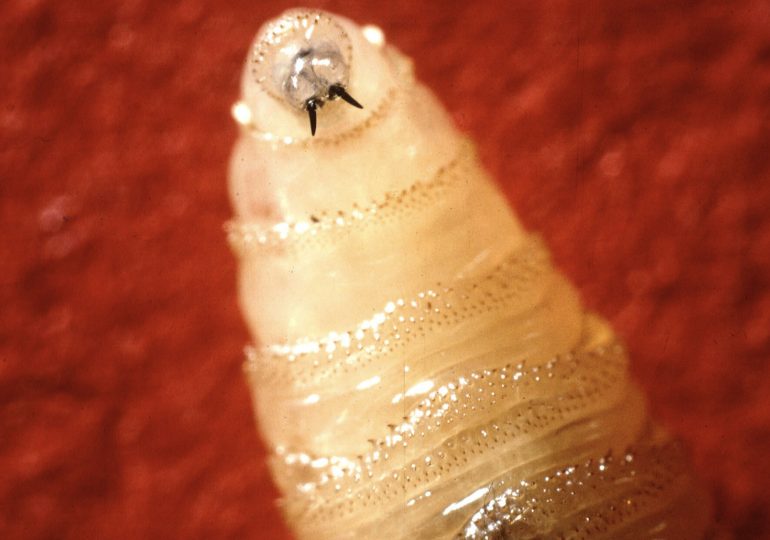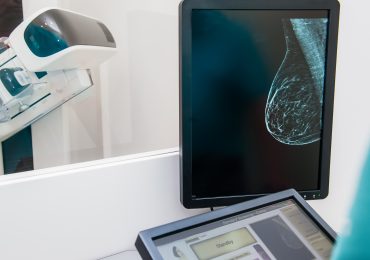The U.S. has confirmed a rare human case of New World screwworm, a flesh-eating parasite that typically infects livestock but can be deadly to people too.
A Maryland resident suffered an infestation of the screwworm after traveling to El Salvador, the U.S. Department of Health and Human Services (HHS) told TIME in an email. Reuters first reported the news. Central America is currently grappling with outbreaks of the destructive pest, which have been threatening livestock and infecting people. The U.S. embassy in Nicaragua said in July that more than 120 human cases of screwworm infestation had been reported in the last year.
[time-brightcove not-tgx=”true”]
The U.S. Centers for Disease Control and Prevention (CDC) confirmed the Maryland case on Aug. 4 after reviewing images of the insect causing the infestation, HHS said.
“This is the first human case of travel-associated New World screwworm [infestation] from an outbreak-affected country identified in the United States,” the agency said. “Currently, the risk to public health in the United States from this introduction is very low.”
Read More: You Might Be Hosting a Parasite Right Now. Here’s How to Tell
The U.S. cattle and livestock industry has reportedly been shaken by the news of the human case. Screwworm can spread rapidly and can kill fully grown cows in seven to 10 days, according to the National Cattlemen’s Beef Association. The pest threatens $100 billion of U.S. economic activity tied to the cattle and livestock industry, the U.S. Department of Agriculture said earlier this month.
New World screwworm is a type of fly that lays eggs in the open wounds or mucous membranes, such as nasal passages, of mammals and birds. When the eggs hatch, maggots emerge, which then feast on healthy tissue, according to the CDC. The name “screwworm” refers to the way the maggots burrow into flesh with their sharp mouth hooks.
The screwworms can cause extensive tissue damage and bacterial superinfection, the CDC says. Infestations are very painful and can be deadly if not treated promptly. There is no approved human treatment for screwworm infestations. Maggots, which can number in the hundreds, have to be removed manually by a medical provider.
Limited information has been made public about the Maryland resident who suffered the screwworm infestation, but state health officials said the person has recovered, The Herald-Mail reported. A Maryland health department spokesman told the outlet that there was no indication that the person’s infestation had spread to other people or animals.
News of the Maryland case comes just days after the U.S. government announced steps to prevent screwworm outbreaks and protect the U.S. cattle and livestock industry from the pest. These measures include allowing the emergency use of veterinary drugs to treat or prevent infestations in animals and the building of a sterile fly facility in Texas. New World screwworm was eradicated from the U.S. in the 1960s after the release of swarms of sterilized male screwworm flies that mated with wild female screwworms, which then produced infertile eggs.
The same technique was used to control a small screwworm outbreak in Florida in 2017.
Though screwworm infections in people are rare in the U.S., there have been a handful of cases in recent years involving travelers returning to the country from areas where the pest is endemic. In 2023, a traveler with a surgical wound returned to Arkansas with a screwworm infestation after visiting Argentina and Brazil, according to the CDC. Last year, a traveler returned to Florida with an infestation they had acquired on vacation in the Dominican Republic.
Leave a comment



